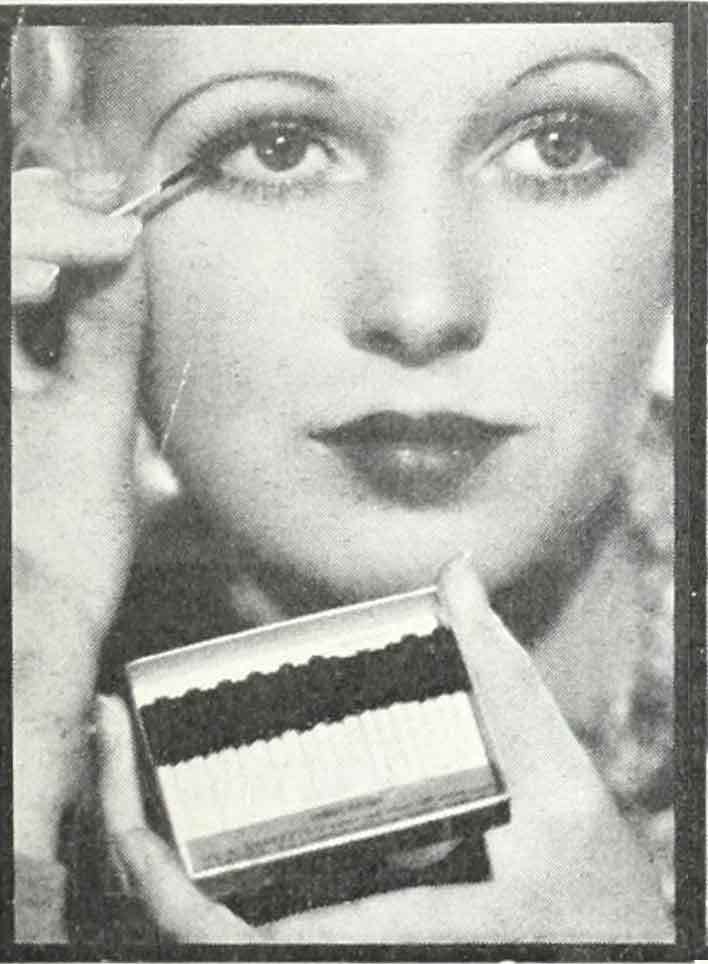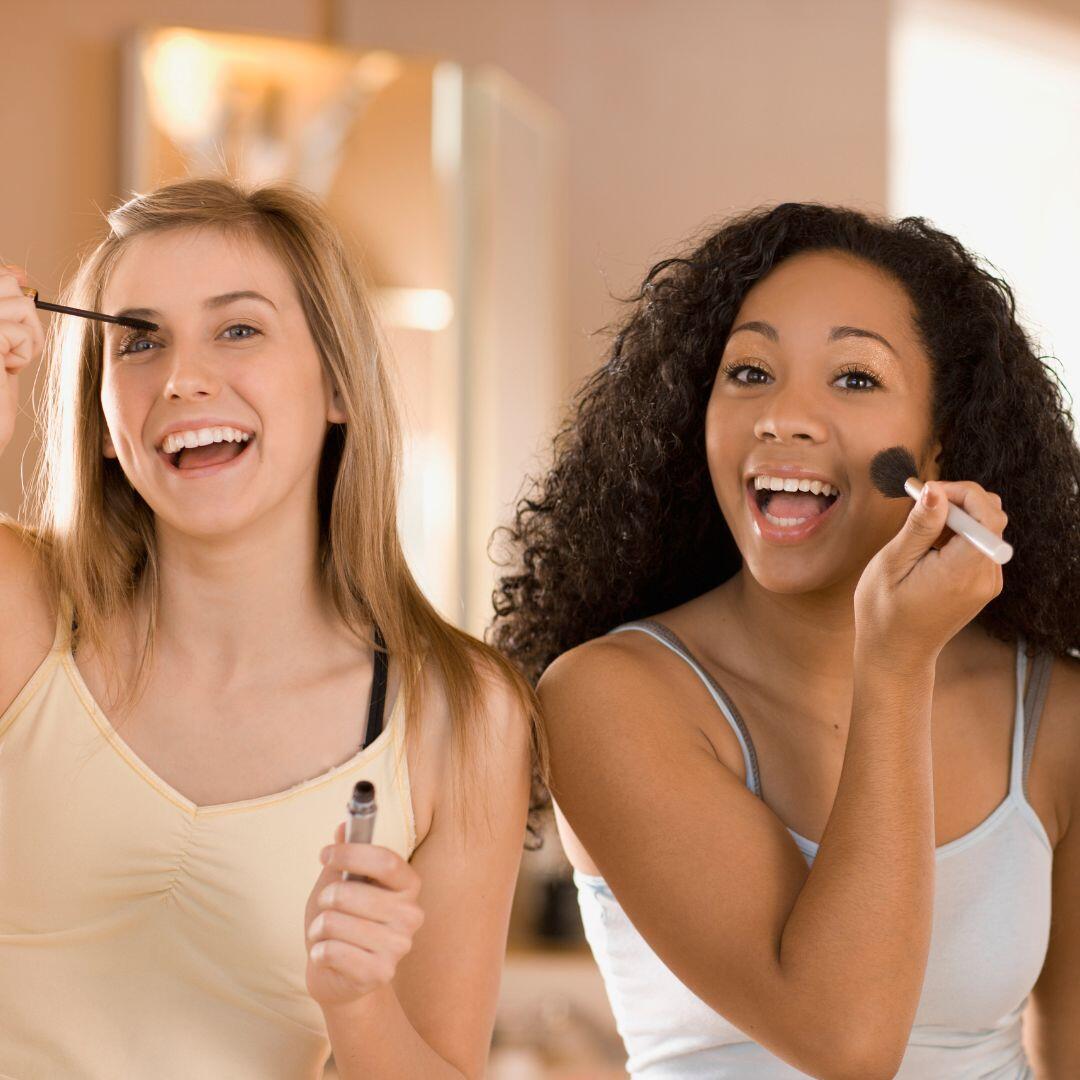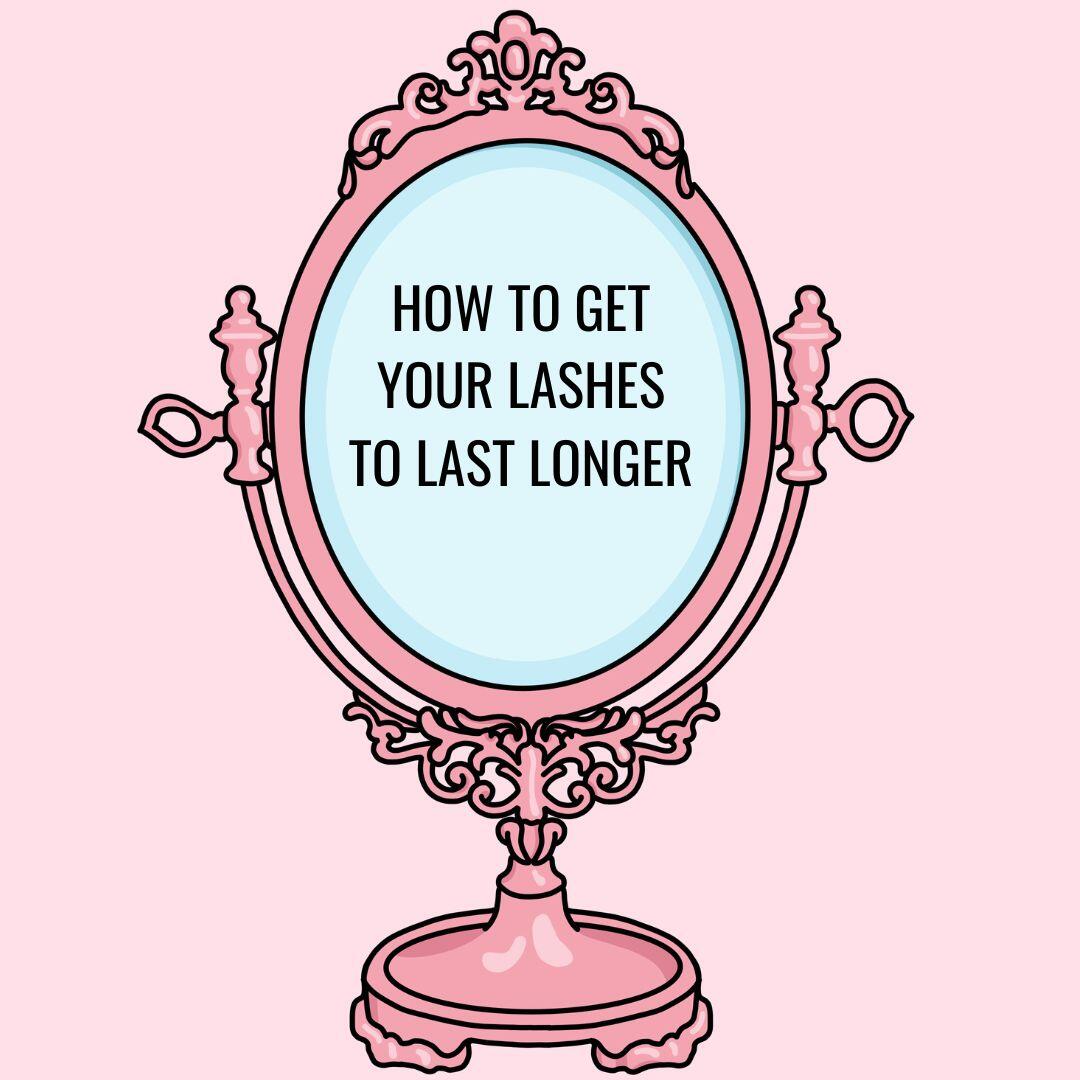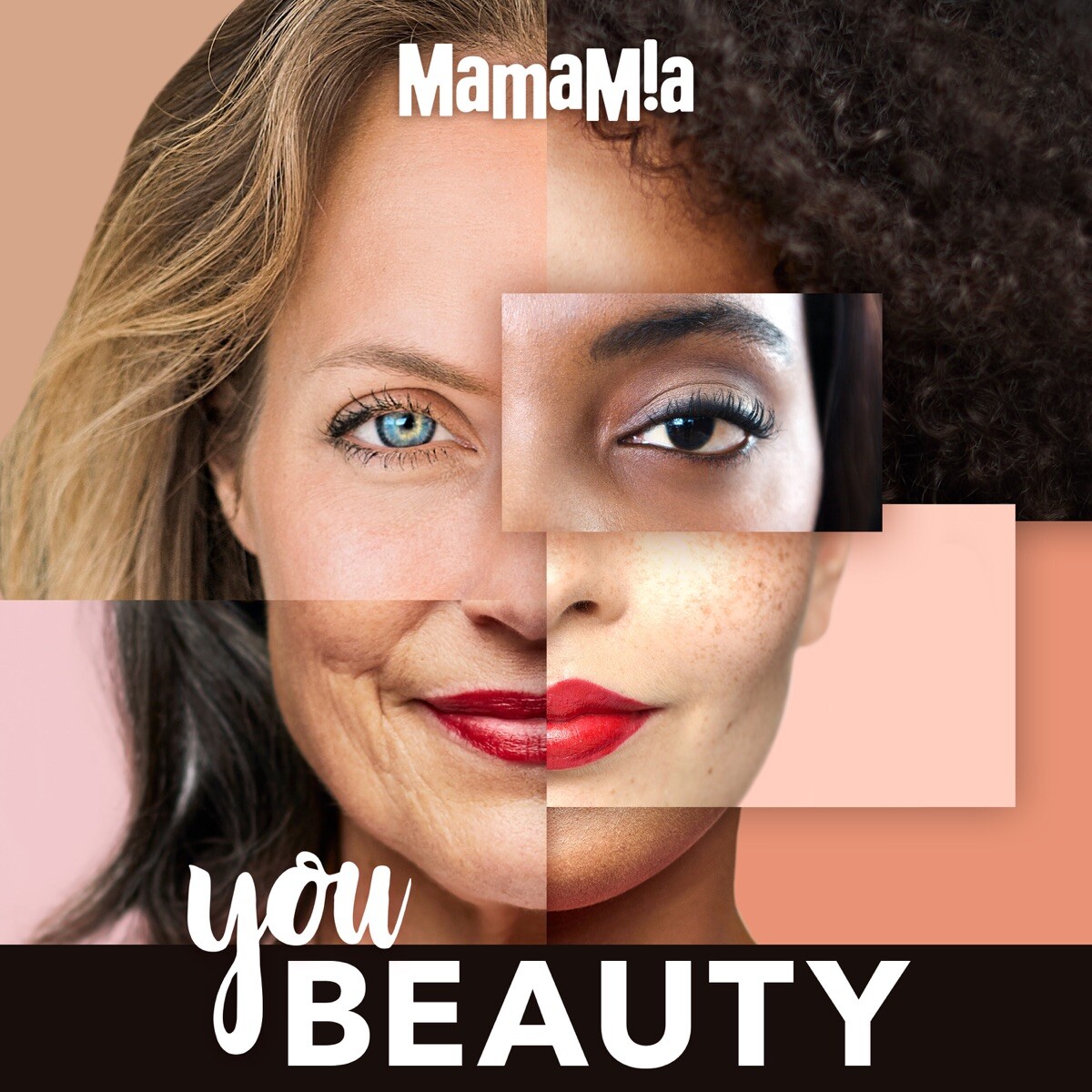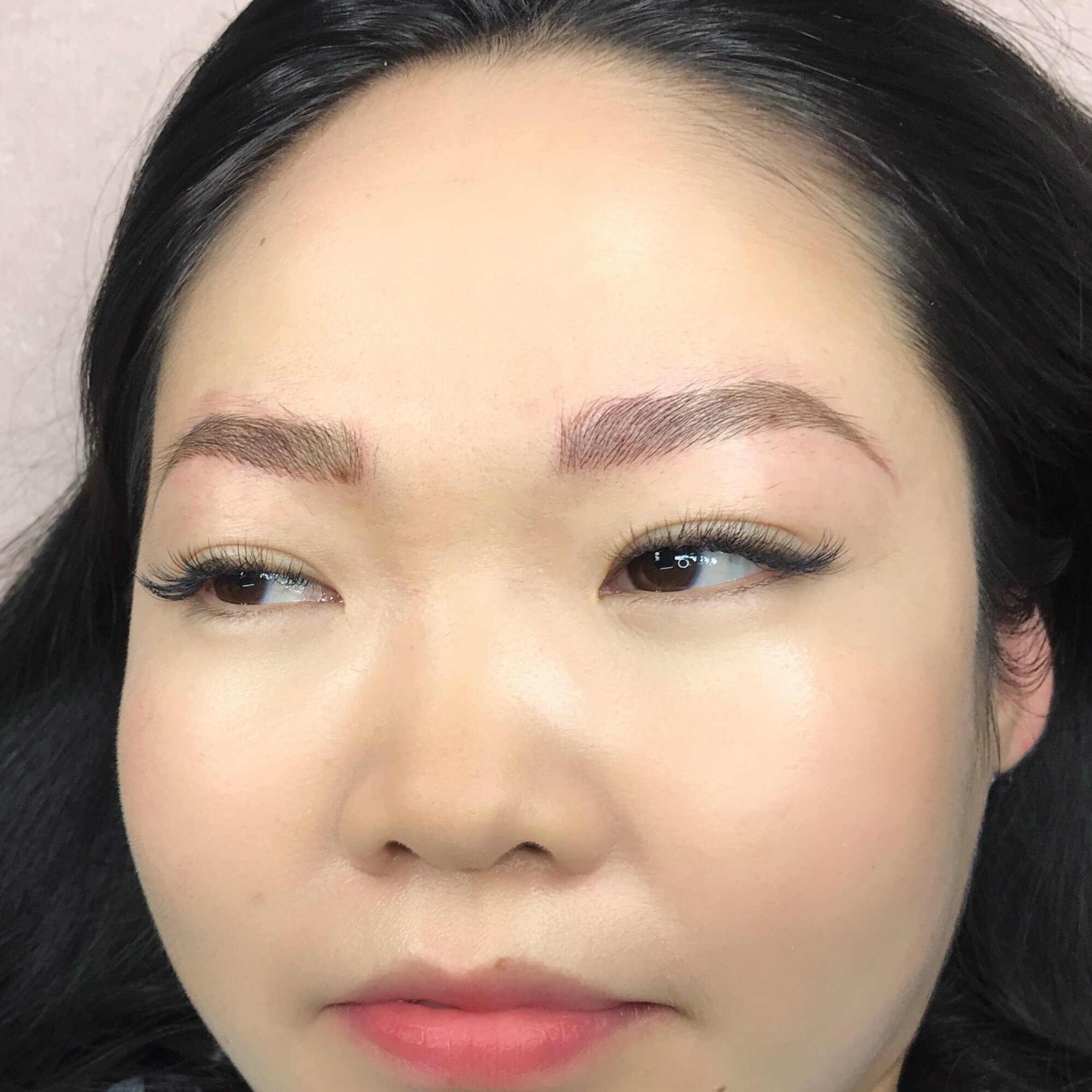What is the first thing you notice about someone’s face? A lot of people would say the eyes are where they look first, a fact that has led to a lot of interest in enhancing your peepers. Ancient Egyptians used kohl and lead to line their eyes, while the oh-so-proper Victorians preferred combining ash and berry juice to blacken their lashes. The first set of false eyelashes (strip lashes) were developed in the early 20th century, for use by film stars to give a more dramatic makeup look.
Our approach at Lady Lash is of course, a little less uncomfortable — our lash extensions are designed to add length and curl to your natural lashes for show-stopping eyes – and not come off when you wash your face! Lash extensions have permeated the mainstream these days, with everyone from Kim Kardashian to your mother exploring their lash options. If you’re reading this, chances are you are already a lash aficionado and want to know a little more about the history of this craft. Here is a little history of the journey that the lash industry has taken in Australia over the last decade or two, so you can appreciate the artistry and innovation that is behind those pretty lashes!
10-15 years ago, most early eyelash extensions looked quite different to how they do now. Picture the extensions that haunt every lash nightmare– shiny, obvious plasticky fibres that were, in some cases, piled onto the natural lashes without too much thought to style, or the concept of ‘over-extending’. J-Curl lashes were a common option, often used in a very long length, creating what I refer to as an unflattering ‘awning’ effect over the eyes. Because lash extensions were a brand new technology in Australia, there weren’t a lot of options in terms of curls and thicknesses, and not a lot of information of awareness of lash health. Some salons (though never Lady Lash) even incorporated real hair and mink extensions into their offerings, something that thankfully has now been discontinued by the vast majority of eyelash extension salons across Sydney and Australia, due to ethical reasons (where and how the fur is actually obtained).
Glues were generally much slow-drying and gave off stronger fumes, something that probably scared quite a few early-adopters off eyelash extensions!
‘What were we thinking?’ is a phrase that runs through the heads of many more experienced lash technicians when we reflect on the extensions of yesteryear–but much like our love of N*SYNC, 10-15 years ago most stylists just didn’t know any better, and the quality adhesives and lashes just weren’t what they are today. A typical day for an early lash technician would involve gathering their lash bags (yes, extensions came loose in bags or containers, and we fished them out like we were looking for prizes!) and applying stiff acrylic extensions in a cat eye style (what everyone seemed to want – and the main style you were taught at early training courses) regardless of the individual eye shapes or needs of each client. The training for lash technicians was very minimal, and it was not common knowledge that thinner or lighter extensions would work much better on their clients’ natural lashes. Some training courses would encourage applying just thirty of these acrylic extensions per eye, all in the one length, and that was that–voila, a full set! Comparing those thirty heavier lashes to the slender faux mink full sets we offer (now 70-100+ lashes per eye, an enormous difference) or the delicacy of a volume set (over 300 superfine lashes per eye) is unbelievable. Thank goodness the industry has improved!
In our opinion, the biggest game-changer in the lash world was the introduction of the aforementioned volume technique. This advanced method is believed to have originated in Russia, created superfine, utterly luscious fluffy lash sets. By using lash extensions specifically designed to be be incredibly light, experienced lash stylists were able to shape them into handmade fans of up to six individual lashes, something that nobody had even thought possible when lash extensions first emerged. Making hand-made fans is an overwhelmingly tricky skill to master, yet these days the decadently full Russian volume is a must-have these days, and allows those with the sparsest of natural lashes to enjoy no-fuss lash extensions.
Far from the clunky, stiffer extensions of the early to mid 2000s, these days there is a lash type for almost everyone–and lash stylists are getting ever more creative and innovative with the sets they design. These days the focus is on curl and specific eye styling rather than length, which opens up the eye without placing too much strain on those delicate natural lashes. The Kardashians have also popularised the staggered lash style, a textured look that has overtaken the humble cat eye as our most requested set.
By experimenting with different lash types and not being afraid of change, the Australian lash industry has grown into a beauty community we can be proud of. Conferences like LashVision and Lash Bash give stylists the opportunity to learn from one another and show off their skills, and Australasian and international competitions such as the Pro-Series and the Australian and New Zealand Lash Championships have seen many strong entries from Australian lash artists (many of whom are our very own lash stylists!). Lash styling is only getting better, and we can’t wait to see what the future holds.
Want to see how far we’ve come? Below are two of our intro videos, one filmed recently (2018) and one filmed around 7 years ago. In the original video, you can see some acrylic lashes featured (all the rage back then!), a much thicker adhesive, and a more basic application method, compared with the detail in our volume set applications in the 2nd video.
Eyelash Extensions – THEN
Eyelash Extensions – 2018
